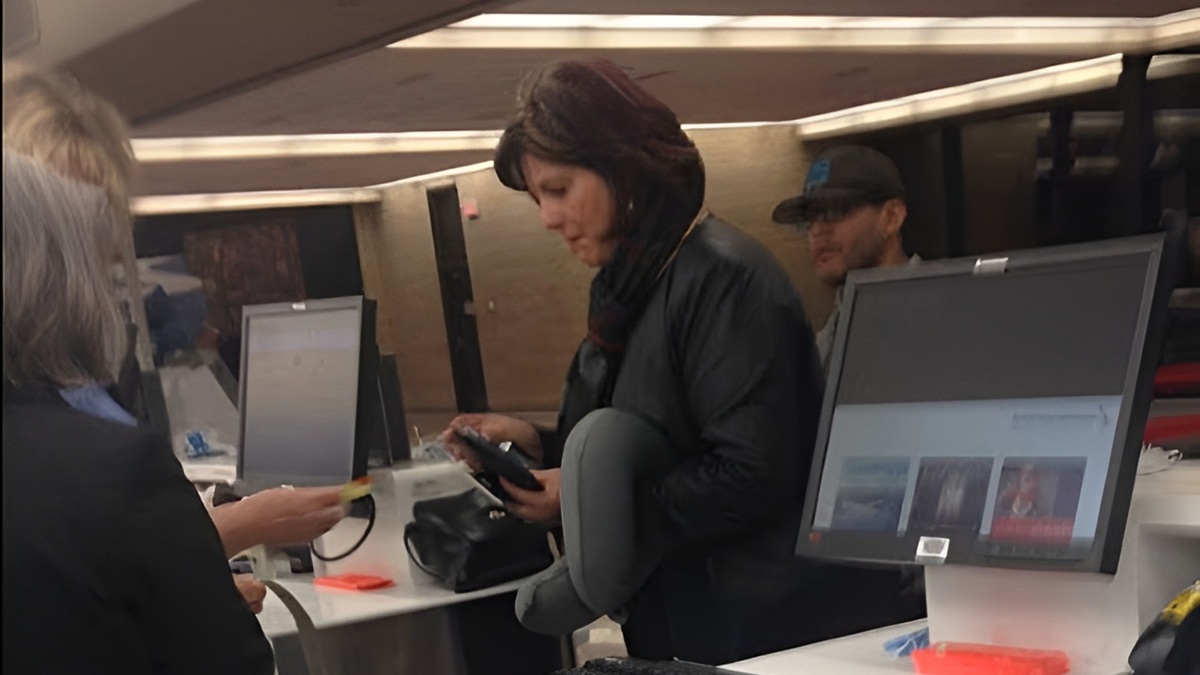
Due to its subject matter, which deals very plainly with drug/alcohol abuse and the struggles one faces throughout the initial stages of recovery, Recovery Road is already set apart from other television shows aimed at teens. It’s certainly not the first teen show to deal with alcohol and drug abuse – “Very Special Episodes” have covered this ground since the ’90s. Nor is it the first to see its leading lady through this fight – The O.C’s Marissa Cooper was social chair by day, and passed out by night.
However, while other shows have confronted addiction in a fairly one-dimensional manner, treating an overdose as a speed-bump or portraying all addicts as strung-out skeletons with bad teeth, Recovery Road aims to paint a complex picture of what it’s like to struggle with this disease, and to provide a more realistic idea of what an addict can look like.
Maddie isn’t shooting heroin or suffering from massive withdrawal, but she has licked cocaine off of a bathroom floor before, and that’s the kind of behavior that crosses the line between fun and full-on dangerous. On Recovery Road, addicts come in all shapes and sizes, and so do their paths to sobriety, helping to demonstrate to young viewers that addiction is deeply complicated, rather than reserved merely for those who are “Bad” or weak.
That being said, the show definitely has a tendency toward preachy and overdramatic qualities. One of the pilot’s weakest moments comes toward the end of the episode, when a patient who has just completed his time at Springtime relapses and returns to wreak havoc on the house. Vases are broken, the lighting is dimmed, and the music stings, as Maddie is given a look at what her life could be like if she doesn’t get clean. It’s a big moment with an After-School Special quality that looks down to its teen audience and undermines the more subtle portrayals of addiction and relapse featured on the show.
Similarly, Recovery Road suffers from the inclusion of a couple weak characters whose simplistic nature does not help to offset the show’s soapier inclinations. Cynthia, Maddie’s guidance counselor, once a resident of Springtime Meadows herself, is the worst offender of this. While Cynthia is largely in charge of keeping tabs on Maddie, and is a longtime friend of Vern, her inclusion in the story often feels forced and unnecessary. The character’s sense of humor and specific brand of quirk feels more juvenile than the rest of the show – and more fit for something aimed at a younger audience.
Kyla Pratt’s Trish feels equally out of place, as her innocence and goofy antics feel better suited for a sitcom on Nickelodeon than a drama about addiction. This is not to say the show shouldn’t have moments of levity – the sweet moments between Maddie and her housemates and quippy dialogue are two of Recovery Road‘s shining elements. Hopefully, as the show progresses, these characters will be fleshed out into more than just disjointed comic relief.
If the first few episodes are any indication, Recovery Road is a solid drama grounded firmly in the teen genre, borrowing just enough from its predecessors to achieve a comfortable familiarity. Its identity pertaining to said genre seems to be Recovery Road’s downfall at points – the episodes can feel sentimental and neutered, despite attempts to portray addiction in a multifaceted manner. However, with its quick dialogue and fully realized main character, Recovery Road just might flourish into a series that transcends its early trappings.










Published: Jan 22, 2016 02:34 pm